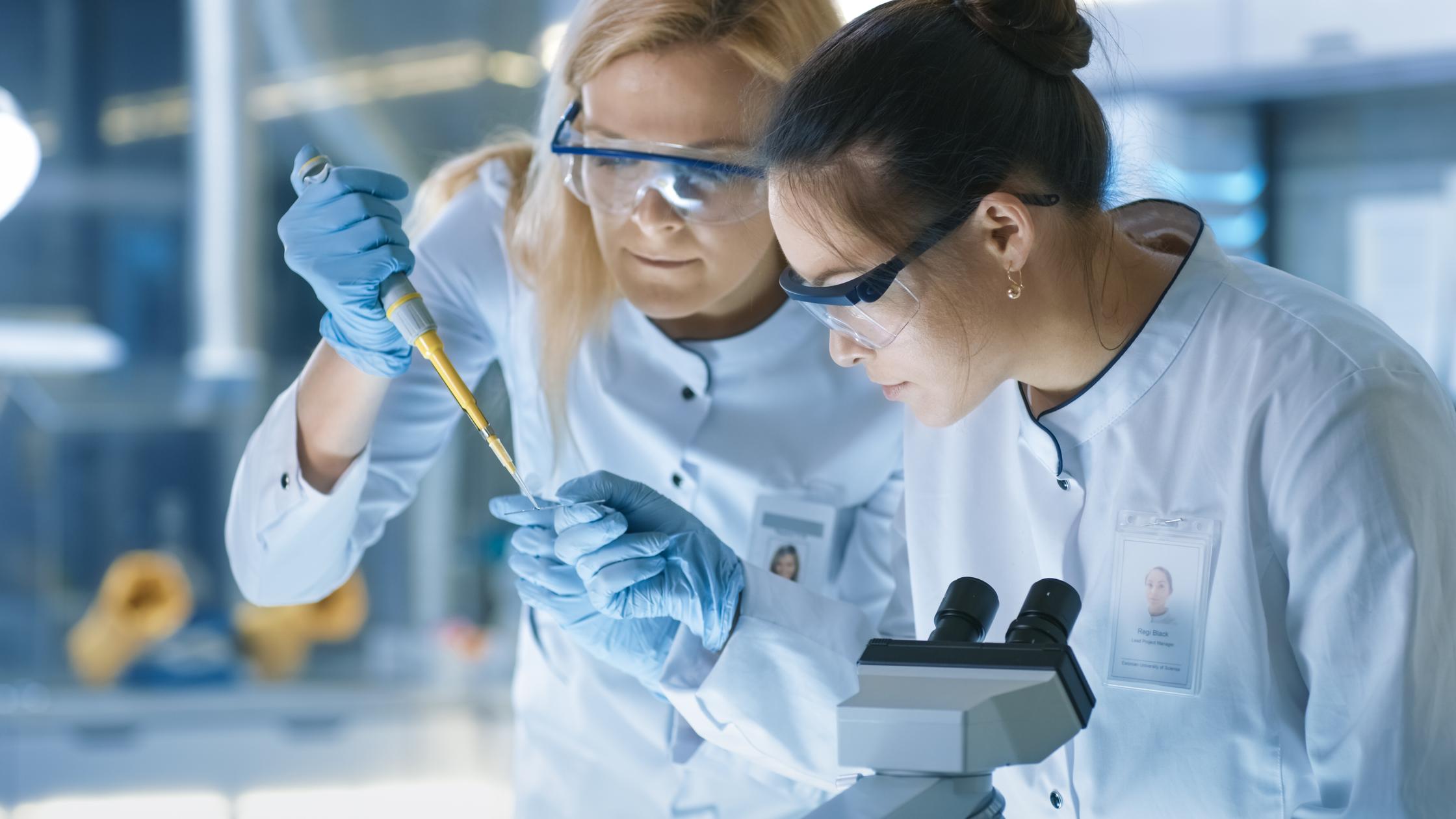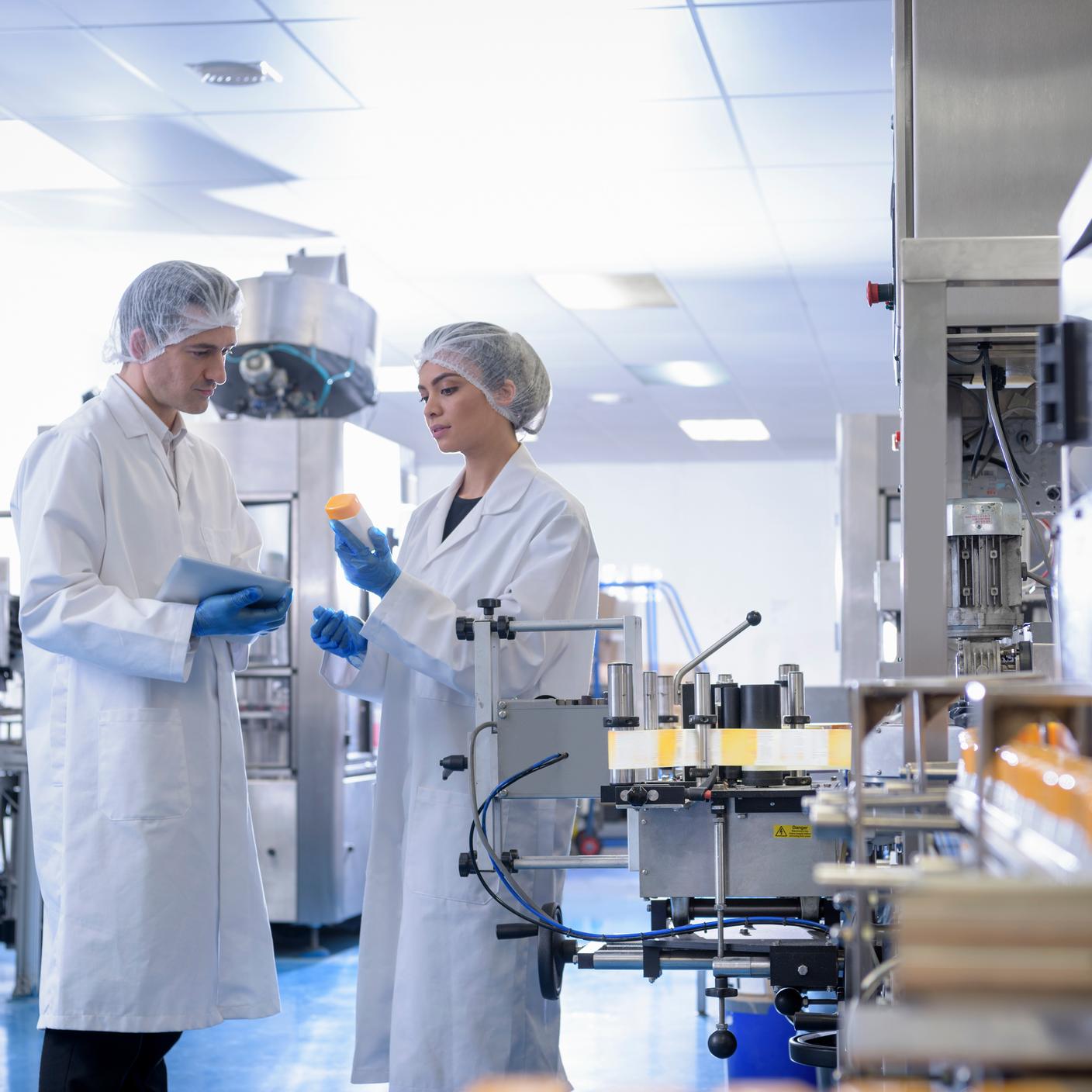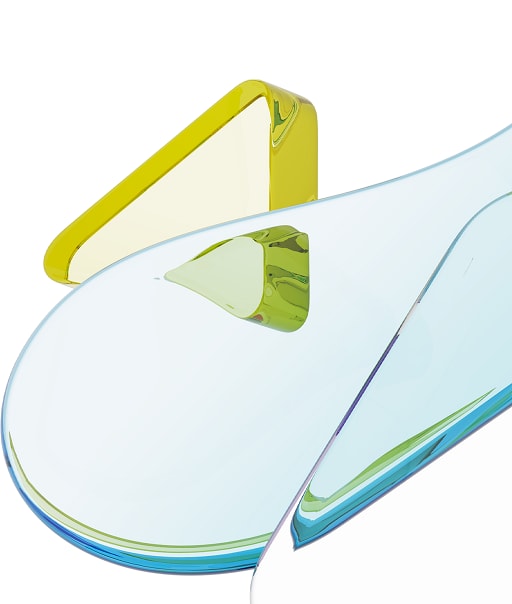- The device continues to comply with IVDD requirements
- There are no significant changes in design or intended purpose or the device
- The device does not present an unacceptable risk to the health and safety of patient
- The manufacturer has implemented an IVDR compliant QMS no later than 25 May 2025
- The manufacturer has lodged a formal application with a NB by May 2025 for IVDD certified and class D self-declared devices, by May 2026 for Class C self-declared IVDs and by May 2027 for class B and A-Sterile self-declared IVDs
- The manufacturer has signed a written agreement with a NB by September 2025 for IVDD certified and class D self-declared devices, by September 2026 for Class C self-declared IVDs and by September 2027 for class B and A-Sterile self-declared IVDs
- Search BSI
- Verify a Certificate









